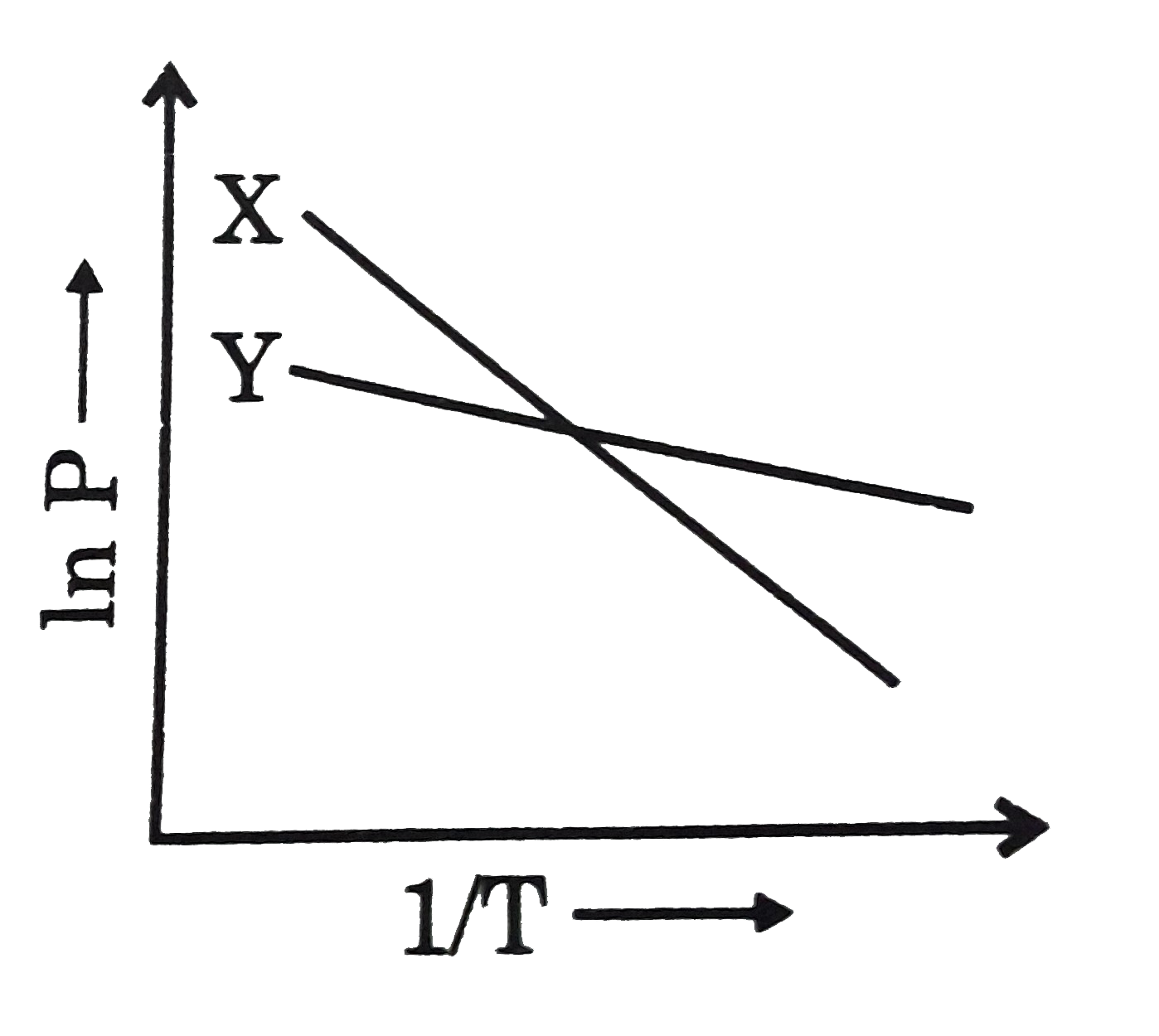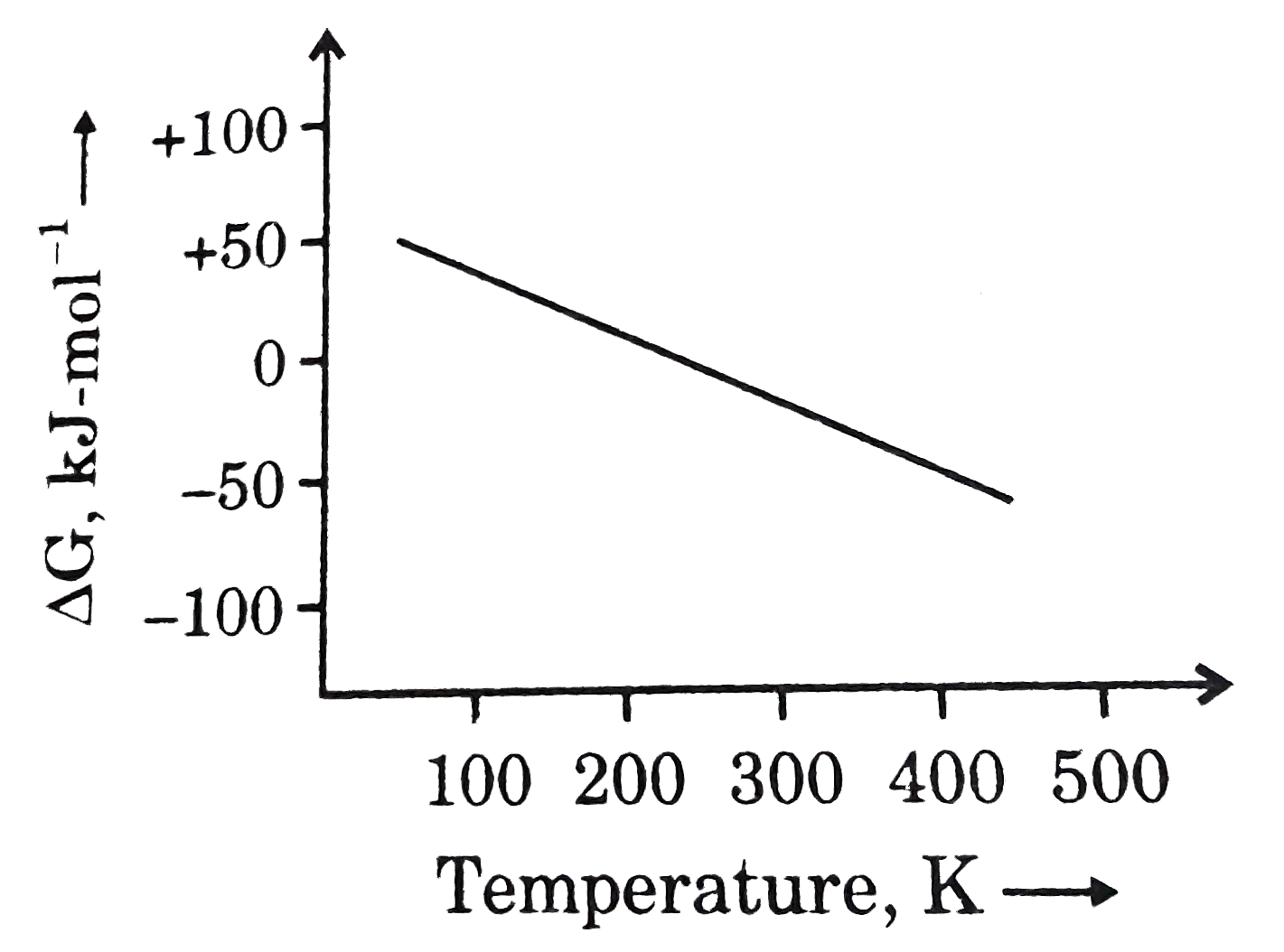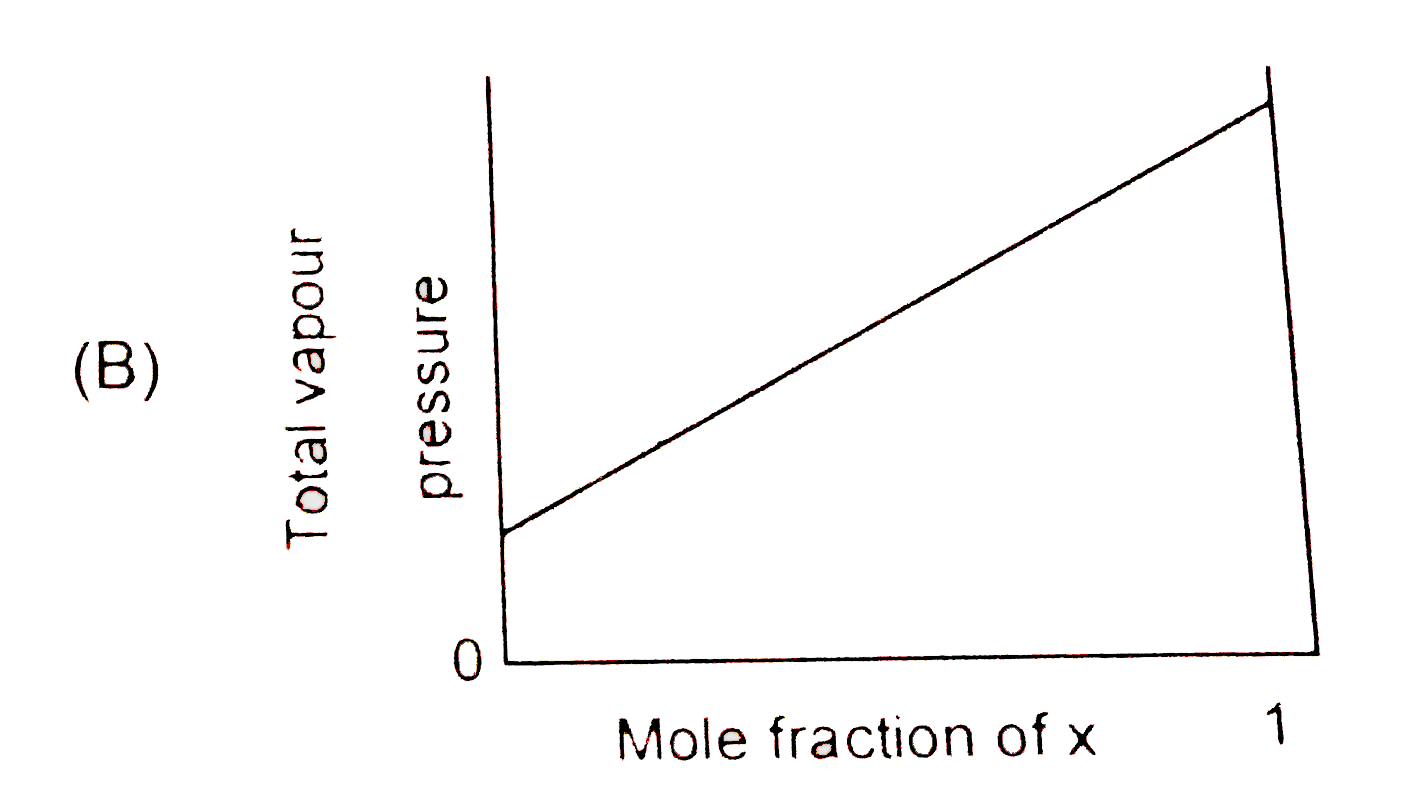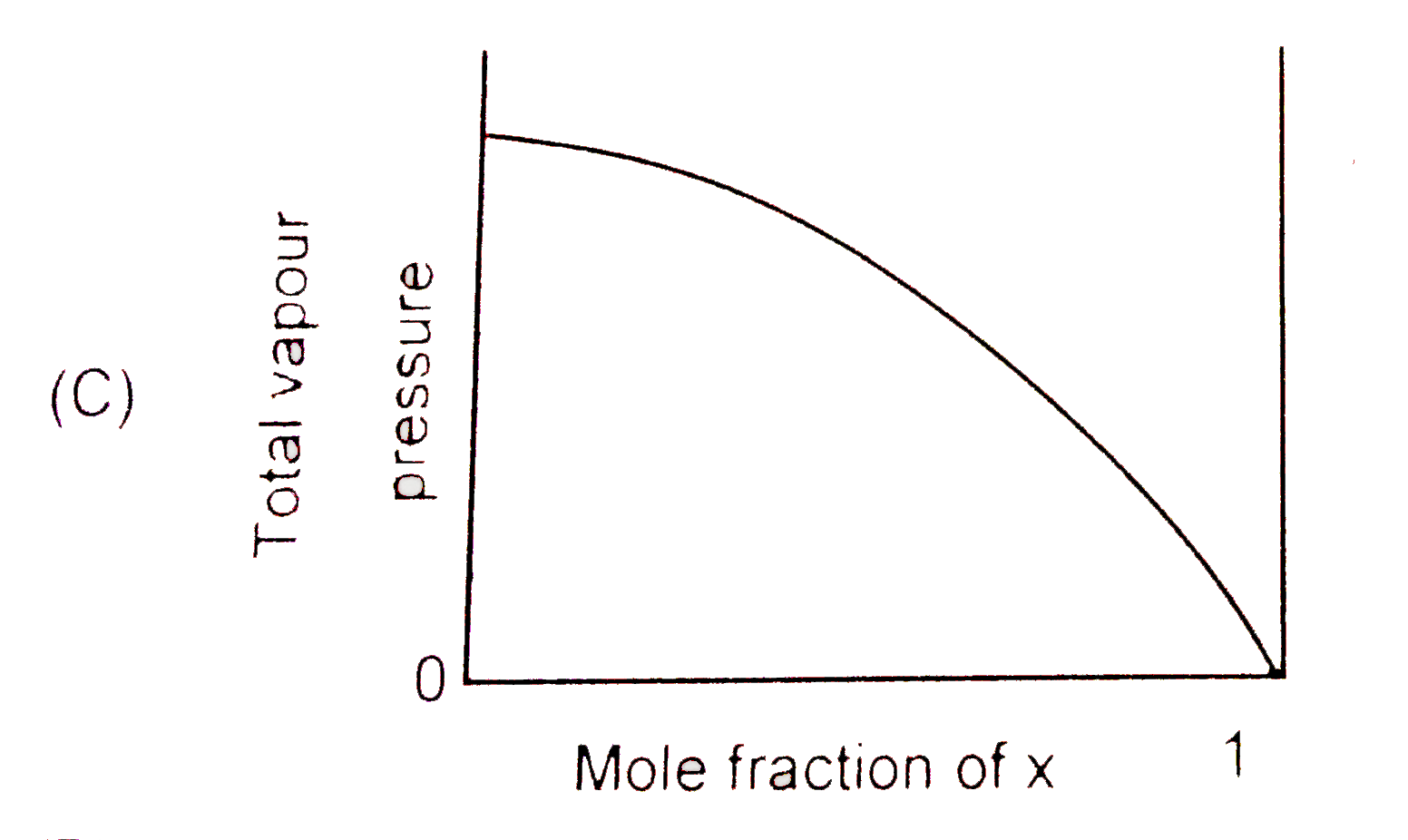According to the graph (ln vapour pressure us 1/T) what can be concluded about the enthalpies of vaporization (ΔHvap) of liquids X and Y ?

ΔHvapX>ΔHvapY
ΔHvapX=ΔHvapY
ΔHvapX<ΔHvapY
No conclusions can be drawn about the relative ΔHvap values from this diagram.
The correct Answer is:A
Step by step video, text & image solution for According to the graph (ln vapour pressure us 1//T) what can be concluded about the enthalpies of vaporization (DeltaH_(vap)) of liquids X and Y ? by Chemistry experts to help you in doubts & scoring excellent marks in Class 12 exams.
Updated on:21/07/2023Topper's Solved these Questions
- GRAPHICAL INTERPRETATIONBOOK - GRB PUBLICATIONCHAPTER - GRAPHICAL INTERPRETATIONEXERCISE - H. Chemical Kinetics
1 Video
- GRAPHICAL INTERPRETATIONBOOK - GRB PUBLICATIONCHAPTER - GRAPHICAL INTERPRETATIONEXERCISE - Chemical Kinetics
80 Videos
- GRAPHICAL INTERPRETATIONBOOK - GRB PUBLICATIONCHAPTER - GRAPHICAL INTERPRETATIONEXERCISE - G. Chemical Equilibrium
1 Video
- F-BLOCK ELEMENTSBOOK - GRB PUBLICATIONCHAPTER - F-BLOCK ELEMENTSEXERCISE - Subjective type
7 Videos
- HYDROCARBON (ALIPHATIC)BOOK - GRB PUBLICATIONCHAPTER - HYDROCARBON (ALIPHATIC)EXERCISE - Previous years jee questions
28 Videos
Similar Questions
A liquid mixture of benzene and toluene is composed of 1mol of benzene and 1mol of toluence.
a.If the pressure over the mixture at 300K is reduced, at what pressure does the first vapour form?
b.What is the composition of the first trace of vapour formed?
c. If the pressure is reduced further, at what pressure does the last trace of liquid disappear?
d.What is the composition of the last trace of liquid?
e. What will be the pressure, the composition of the liquid, and the composition of the vapour, when 1mol of the mixture is vapourized? , Given:pT∘=32.05mmHg,pB∘=103mmHg
View SolutionWhat is the relationship among the magnitudes of the enthalpies of combustion (ΔHcomb), fusion (ΔHfus) and vaporization (ΔHvap) for a hydrocarbon such as hexane,C6H14?
View Solution
Knowledge Check
In the graph the natural log of the vapour pressures of two substances are plotted vs 1/T. what can be concluded about the relative the 1/T enthalpies of vaporization (ΔHvap) of these substances?
 AΔHvap of I is greater than ΔHvap of IIBΔHvap of I is less than ΔHvap of IICΔHvap of I is equal to ΔHvap of IIDNo conclusion can be drawn from this information alone.
AΔHvap of I is greater than ΔHvap of IIBΔHvap of I is less than ΔHvap of IICΔHvap of I is equal to ΔHvap of IIDNo conclusion can be drawn from this information alone.What can be concluded about the values of ΔH and ΔS from this graph ?
 AΔH>0,ΔS>0BΔH>0,ΔS<0CΔH<0,ΔS>0DΔH<0,ΔS<0
AΔH>0,ΔS>0BΔH>0,ΔS<0CΔH<0,ΔS>0DΔH<0,ΔS<0The plot of total vapour pressure as a function of mole fraction of the component of an ideal solution formed by mixing liquids X and Y is
A B
B C
C D
D
According to Arrhenius equation, the graph of log10k vs (1T) has slope equal to
View SolutionA liquid has a vapour pressure of 40mm Hg at 19.0∘C and a normal boiling point of 78.3∘C What is its enthalpy of vaporization in KJ .mol−1?
View SolutionThe normal boiling point of water is 373 k. Vapour pressure of water at temperature T is 19 mm hg. If enthalpy of vapourization is 40.67 kJ/mol, then temperature T would be
(use : log 2 = 0.3, R : 8.3Jk−1mol−1):
View SolutionThe quantitative relationship between the vapor pressure p of a liquid and the absolute temperature T is given by the Clausius - Clapeyron equation,
Inp=−ΔvapHRT+C
where In is the natural logarithm , R is the gas constant (8.314JK−1mol−) , and C is a constant . The plot of
View SolutionIn the case of immiscible liquids, the addition of one liquid to another does not after the properties of either liquid. Hence liquid exerts its own vapour pressure independently of the pressure of the other. Since boiling point of any system is the temperature at which its total vapour pressure becomes equal to the prevailing pressure, so by knowing the miscibility of two liquids, we can find out boiling temperature.
In question 6, if we decrease the amount of liquid X in the mixture then what will be the effect on the boiling point of the mixture at constant temperature?
View Solution